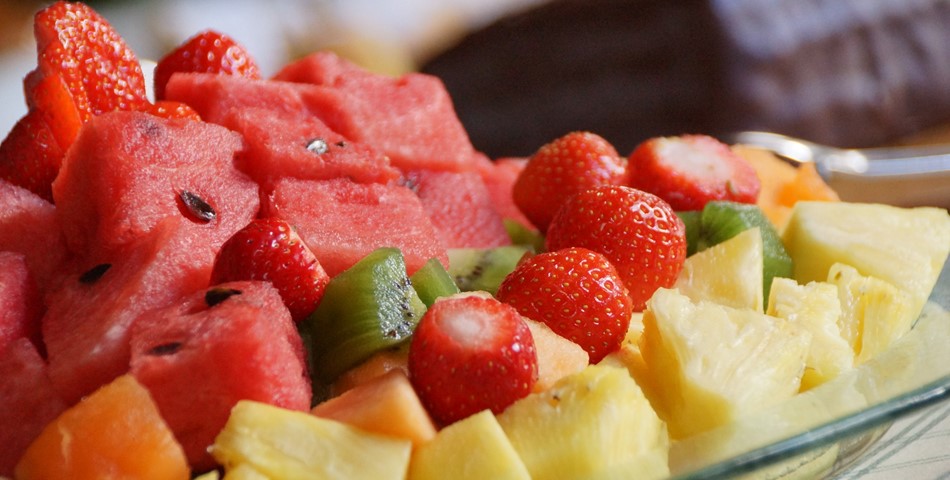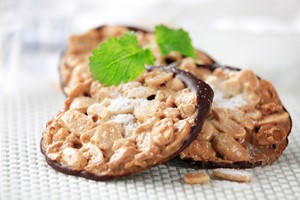Flavor is a sensory impression of food or any other substance, which is determined by chemical senses of taste and smell. There are varied types of food additives added to food and beverages to make products tastier and more appealing.
The food flavors market is projected to grow at a CAGR of 5.4 percent from 2015 to 2020. Natural food flavors have attracted attention of food ingredients manufacturers, with increasing consumer demand for fresh and natural products. North America is the largest market for this industry, followed by Asia-Pacific and Europe.
Food flavors are essential part of the food processing industry to maintain the taste of a product. It is an indispensable tool for food and drinks manufacturers, not only in delivering palatability but also in helping to position a product or target a specific audience. The Food and Beverage industry requires different kinds of flavor designed for different purposes, such as developing a new product, adding new product lines, or changing the taste of existing products.
Flavor is available in two categories i.e. natural and synthetic. However, natural flavors are in great demand due to shifting preferences away from synthetic. They are derived from fruits, vegetables, and other substances, while synthetic ones are obtained from chemicals, and are widely used in beverage industries. The industry is facing high competition. However, it is one of the most established industries in the world.


The flavors' market is region centric, as the demand for savors differs from place to place. For instance, roasted meat taste is in high demand in most parts of Europe, but the Chinese population is fond of boiled meat, whereas India has hardly any market for the aforesaid flavors. Therefore, population plays a vital role in this industry, which makes companies trigger upon the densely populated geographical regions, such as Asia-Pacific, Latin America, Africa, and the Middle East. High demand for new savors from food and beverage industries and continuous innovation are driving the global market, according to a report by Allied Market Research.
Additionally, increasing demand from fast food industries is fuelling market growth. However, rising health awareness of the global population could pose a major threat to the overall market. This market is projected to reach USD15.1 Billion, at a CAGR of 5.4 percent from 2015 to 2020. The market is also fuelled by increasing demand for healthy food products. Globally, the rise in population and urbanization have led to the increase in purchasing power among consumers, and simultaneously resulted in a change in their standards of living.
All these factors have equally contributed to the overall growth of this market. The market is segmented on the basis of type such as fruits & nuts, chocolate, vanilla, and others. Further, on the basis of application, the market is classified into beverages, savory and snacks, bakery and confectionery, and dairy and frozen among other end-user applications. In 2014, the market was dominated by the North American region, followed by Asia-Pacific. The Asia-Pacific market is projected to grow at the highest CAGR with rapid growth in the food & beverage industry, in developing countries such as India and China.
The growing demand for technological innovation, and increasing consumer preference towards convenience and ready-to-eat meals are driving the market. The global market is fragmented and highly competitive, with a large number of players operating at regional and local levels. Key players in this market have adopted new product launches and development, acquisitions, and expansions as some of their preferred growth strategies. Some of the key player's operatives in the global market of flavors include Givaudan, Firmenich SA, Kerry Group plc, Symrise AG, and Wild Flavors Inc.














